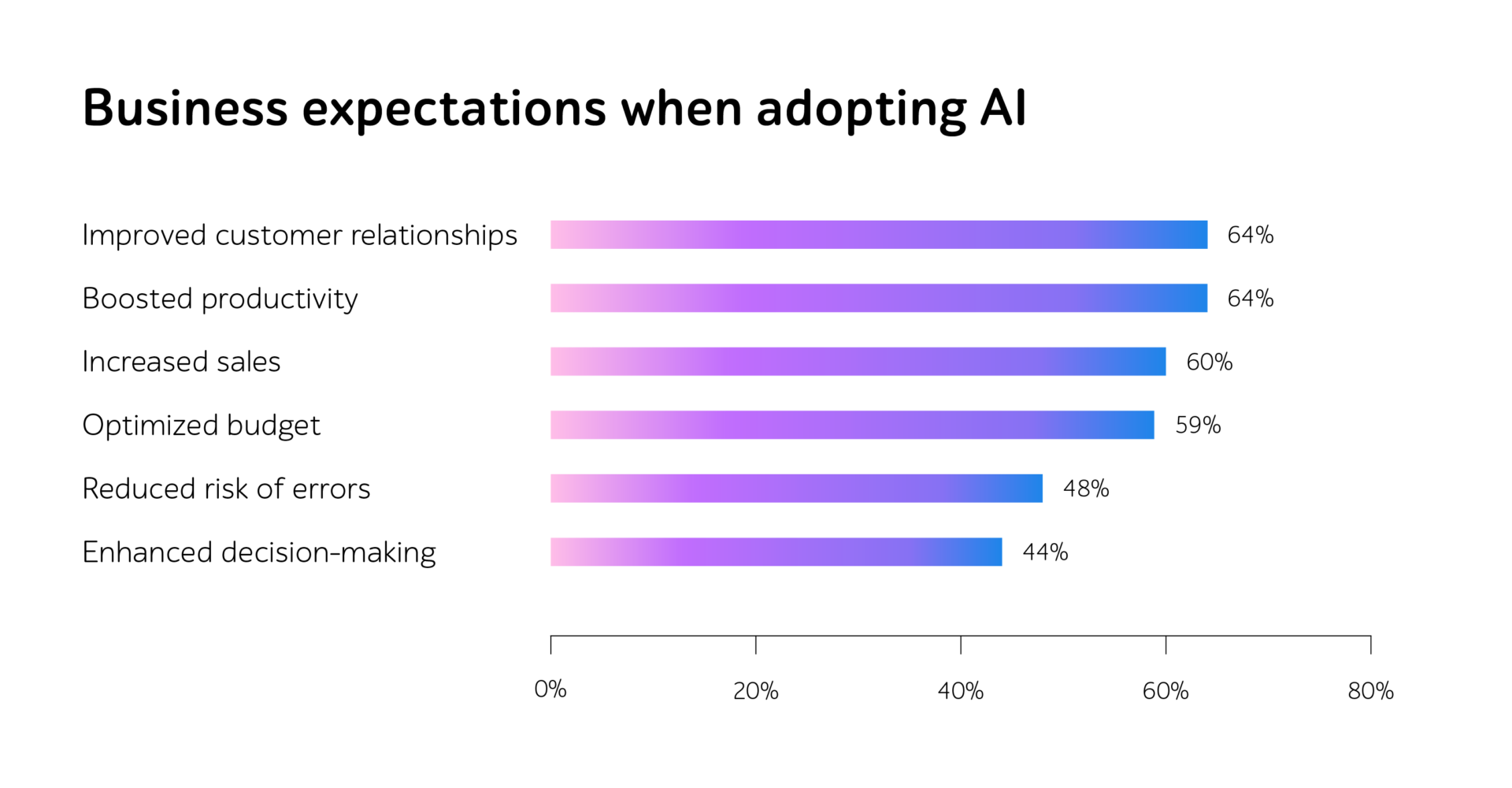
Advancing QA and software testing processes with AI
In the ever-evolving landscape of technology, artificial intelligence (AI) is emerging as a transformative force, reshaping organizations of all shapes and sizes across the globe.
Consider Google Cloud’s groundbreaking initiative to introduce a generative AI (genAI) search tool tailored for healthcare professionals. It facilitates access to patient information that’s often scattered across disparate systems and formats, promising to streamline workflows and improve patient care.
Another team of researchers at the University of Toronto has engineered ProteinSGM — a revolutionary genAI system that creates novel and authentic proteins and is subsequently validated for efficacy by the OmegaFold AI model.
Additionally, McKinsey experts observe that 75% of the value brought by AI is attributed to software engineering, customer operations, marketing and sales, as well as R&D.
In this article, let’s focus on how AI helps advance quality assurance and testing, enabling organizations to enhance test coverage, improve accuracy, and decrease QA expenditure.
A winning combination: maximizing the benefits of software testing with AI
With AI on board, companies are able to streamline their QA workflows while improving software quality in a hastened manner and enhancing customer satisfaction. Embracing AI-driven testing offers a myriad of benefits, including:
- Faster time to market. By automating test case generation and prioritizing tests intelligently, AI tools aid to streamline QA processes, allowing companies to accelerate the release of high-quality software products to market.
- Curtailed QA expenses. AI-driven testing helps replace some routine tasks, thus reducing the need for manual intervention. It allows companies to minimize labor costs associated with testing activities and mitigate the risk of costly rework caused by defects identified late in the development process.
- Enhanced accuracy. AI algorithms can identify patterns and forecast potential flaws, leading to improved reliability and accuracy in testing results.
- Improved test coverage. GenAI can generate diverse test scenarios and synthetic data, enabling businesses to validate system behavior and enhance test coverage.
5 steps to successfully incorporate AI in QA processes
Implementing AI in business operations can yield significant benefits for organizations, including improved customer relationships (64%), increased sales (60%), and optimized budget (59%). However, it requires careful planning and execution.

Source: Forbes Advisor
Here are 5 essential steps to ensure a smooth integration of AI within QA activities.
Step #1. Assess the readiness of your company
First and foremost, businesses should evaluate the current state of software testing practices within the organization and determine the readiness to adopt AI-driven methodologies. This assessment should include:
- Estimate the existing testing infrastructure, team expertise, and cultural acceptance of new technologies.
- Define whether the company has the necessary resources and capabilities to painlessly introduce AI within QA workflows.
- Set realistic expectations and develop a roadmap that aligns with the organization’s objectives.
- Identify potential risks upfront and create strategies to mitigate them.
Step #2. Clearly define objectives
By setting clear goals, organizations can align their efforts and resources toward achieving specific outcomes, such as enhancing software quality, increasing operational efficiency, accelerating an IT solution launch.
Here are some recommendations on how to effectively determine objectives:
- Identify the specific QA areas where AI can add the most value, like defect prediction or test prioritization. For example, a company may introduce AI to automate the generation of test cases based on code changes to reduce the manual effort required and improve test coverage.
- Set measurable goals to track progress and evaluate success. They should be concrete, achievable, and relevant.
- Involve key stakeholders across the organization early in the process to ensure that objectives are tailored to their needs and expectations.
Step #3. Select fit-for-purpose AI tools
To maximize the benefits of AI within QA practices, businesses should evaluate different AI-powered testing platforms, tools, and frameworks available in the market and consider such factors as functionality, ease of integration, and cost-effectiveness.
To minimize disruption and streamline the adoption process, they can choose AI solutions that seamlessly integrate with your existing workflows and are compatible with their environment, version control systems, and CI/CD pipelines.
Step #4. Provide training for the team
To ensure that team members understand how to use AI technologies and tools effectively to enhance testing processes, companies should invest in their training and upskilling as well as provide ongoing support to help them overcome any arising challenges.
Step #5. Establish metrics to monitor progress
Firstly, KPIs provide clear benchmarks against which progress and success can be measured, ensuring alignment with organizational goals and objectives. Secondly, they offer valuable insights into the effectiveness of AI integration in QA workflows, allowing for informed decision-making and better resource allocation.
By tracking specific metrics (test coverage, defect detection rate, or test execution time), businesses can identify areas for optimization and continuous improvement.
To wrap up
As AI continues to evolve and mature, its role in software testing is increasingly indispensable, empowering organizations to stay agile, competitive, and resilient in an ever-changing digital landscape.
However, its adoption may be challenging. To address obstacles on the path, companies can follow these 5 steps: assess the readiness of your company, clearly define objectives, select fit-for-purpose AI tools, provide training for the team, and establish metrics to monitor progress.
Planning to enhance your QA practices? Contact a1qa’s team and get professional support.








